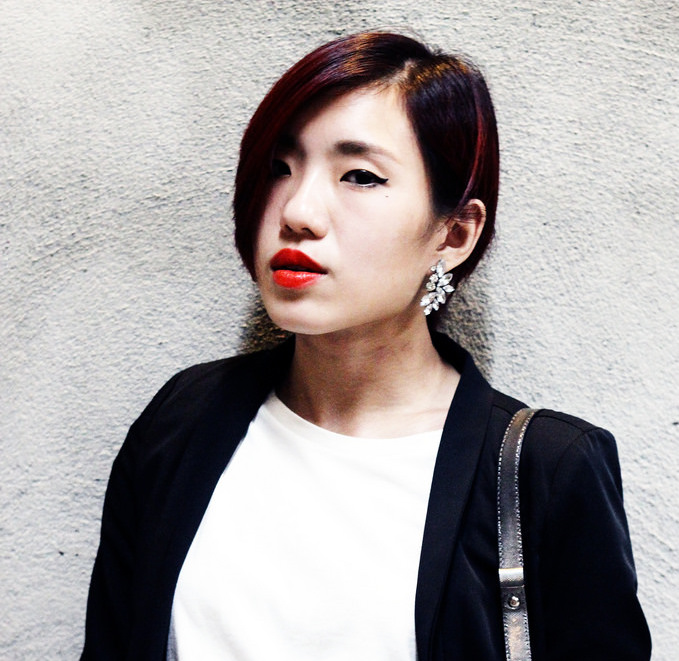
Canon EOS M10, EF50mm f/1.8 STM lens, f/1.8, 1/100sec, ISO 800
Adapted from the Japanese word ‘blur’, bokeh is a popular photography effect featuring a soft out-of-focus background that gives photos an added dimension. Check out our step-by-step guide on how to manipulate your bokeh effect with custom shapes to make your photos even more unique.
You will need: a camera, lens, black construction paper, scissors, a ruler, a penknife and a protractor.
Step 1: Using a ruler, measure the width of your lens.
Step 2: Divide the width by half and set your protractor accordingly. Draw a circle on the construction paper. This will be your filter.
Step 3: Draw your custom shape as close to the center of the circle as possible, then carefully cut it out with pen knife or an art knife. You can be as creative as you want!
Step 4: Carefully place your filter on your lens (you might want to add a small tab on the side for easy removal).
Step 5: Set your camera to the widest aperture as the filter will be blocking out a lot of light. You can also opt for a longer shutter speed, but note that you will need a tripod to reduce camera shake. Have fun experimenting!
Canon EOS M10, EF50mm f/1.8 STM lens, f/2.5, 1/15sec, ISO 800
Canon EOS M10, EF50mm f/1.8 STM lens, f/2.8, 1/6sec, ISO 800

Canon EOS M10, EF50mm f/1.8 STM lens, f/1.8, 1/125sec, ISO 800
Canon EOS M10, EF50mm f/1.8 STM lens, f/2.8, 1/5sec, ISO 1600
 |
EOS M10 |
 |
EF50mm f/1.8 STM |
 |
Mount Adapter EF-EOS M |
|
|
Mona Teo |











































